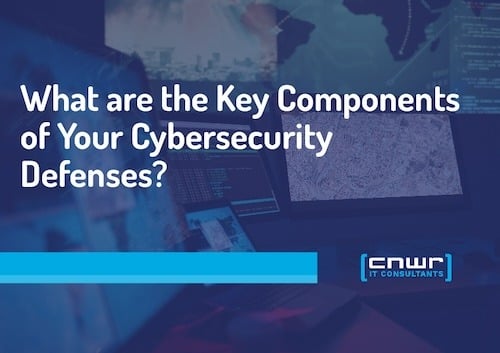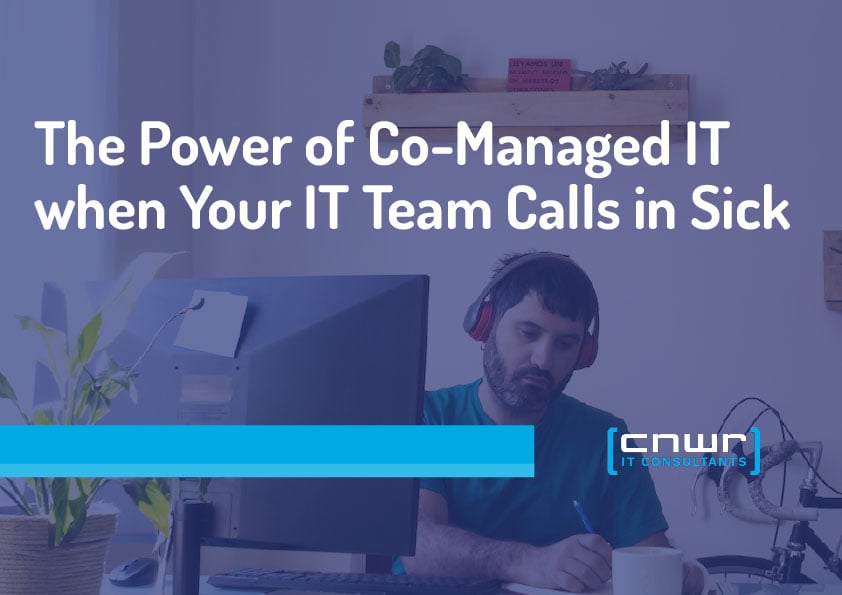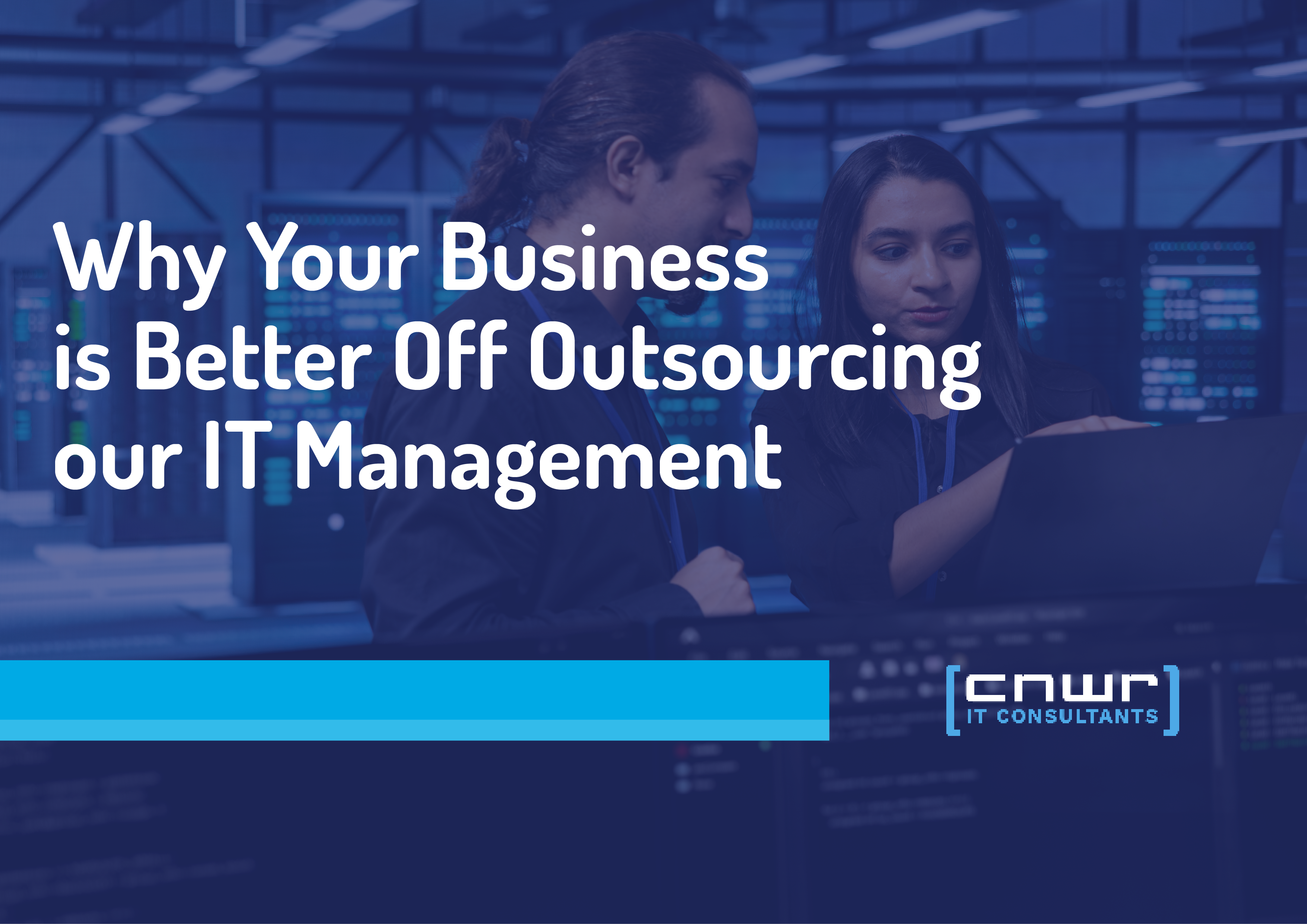Does your IT team ever feel like they're trying to patch a leaky dam with chewing gum? They fix one issue, and three more spring up. It’s a common scenario for growing businesses.
Your internal team is skilled, but the sheer volume of daily tasks, combined with the pressure to innovate and defend against cyber threats, can be overwhelming. This is where co-managed IT services enter the picture, acting not as a replacement, but as a powerful reinforcement for your existing team.
Before you can effectively integrate a partner, however, you need a clear picture of your current IT landscape. A thorough technical audit is the first step. It's like a comprehensive health check-up for your company's technology infrastructure. This audit identifies strengths, pinpoints vulnerabilities, and creates a clear path forward. By understanding what a co-managed tech services provider should cover in their audit, you can ensure you're setting your business up for security, efficiency, and scalable growth.
This guide will walk you through the essential components of a technical audit checklist. We'll explore what co-managed services are and detail the critical areas an audit should cover to fortify your business. This isn't just about fixing problems; it's about building a strategic partnership that empowers your internal team and secures your company's future.
Table of Contents
- What Are Co-Managed Services?
- What is a Technical Audit Checklist?
- Your Technical Audit Checklist: What Co-Managed Services Should Cover
- The Next Step in Your Security Journey
- Let's Build a More Secure Future Together
- Key Takeaways
- Frequently Asked Questions
What Are Co-Managed Services?
Co-managed IT services represent a strategic partnership model that blends your in-house IT department with an external team of experts, like a Managed Service Provider (MSP). Think of it as having an elite squad of specialists on call. Your internal team continues to handle day-to-day operations and strategic projects unique to your business, while the co-managed partner provides additional expertise, advanced tools, and supplemental support.
This flexible approach allows you to fill skills gaps, offload routine maintenance, and access enterprise-grade technology without the cost of hiring more full-time staff. Whether you need 24/7 monitoring, specialized cybersecurity defense, or help with a major cloud migration, co-managed services provide the scalable resources to ensure your IT operations are always running optimally.
What is a Technical Audit Checklist?
A technical audit checklist is a comprehensive and systematic framework used to evaluate your entire IT environment. It's not just a quick scan for viruses; it's a deep dive into every aspect of your technology stack. A quality audit, conducted by a potential co-managed services partner, should meticulously review your hardware, software, network security, data management protocols, and compliance standards.
The goal is to create a detailed report card of your IT health. This document identifies hidden risks, inefficiencies, and areas for improvement. For your business, this translates into a strategic roadmap. It highlights immediate threats that need addressing and provides long-term recommendations to align your technology with your business objectives, ensuring you're not just protected but also poised for growth.
Your Technical Audit Checklist: What Co-Managed Services Should Cover
When a potential co-managed IT partner presents their audit plan, it should be thorough. A superficial once-over won’t cut it. Here are the non-negotiable areas their technical audit checklist must cover to provide real value.
Network and Infrastructure
Your network is the central nervous system of your business. A disruption here can bring operations to a halt. The audit must assess its stability, security, and performance.
- Router and Firewall Maintenance: Are your firewalls configured correctly? Are the rules up-to-date, or are there outdated policies that create vulnerabilities? The audit should verify that these critical gatekeepers are optimized to block unauthorized access.
- Server Health: The audit should include a full evaluation of your physical and virtual servers. This means checking hardware health, resource utilization (CPU, RAM), and ensuring they are patched against the latest threats.
- Network Performance: Is your network architecture scalable? The audit should analyze network traffic, identify bottlenecks, and ensure your infrastructure can support your business as it grows.
Cybersecurity Posture
In the modern threat landscape, a reactive security approach is a losing strategy. A co-managed partner's audit should evaluate your proactive and defensive capabilities.
- Vulnerability Scanning: The checklist must include comprehensive internal and external scans to identify known weaknesses in your systems, applications, and network devices before attackers can exploit them.
- Threat Monitoring & Incident Response: Does your current setup allow for 24/7 threat monitoring? The audit should assess your ability to detect and respond to security incidents. This includes reviewing your SIEM (Security Information and Event Management) tools and incident response plans.
- Compliance Management: For industries like healthcare (HIPAA) or finance (SEC, GLBA), compliance isn't optional. The audit must verify that your security controls meet all relevant regulatory requirements to avoid hefty fines and reputational damage.
Software and Licensing
Software is a significant investment and a potential security risk if not managed properly.
- Software Maintenance: The audit should create an inventory of all software and applications, ensuring they are running the latest versions and have critical security patches applied. Unpatched software is a primary target for cyberattacks.
- License Management: Are you paying for software licenses you no longer use? Or are you using unlicensed software, putting your business at legal risk? A proper audit reconciles your licenses, often leading to immediate cost savings.
Data Backup and Disaster Recovery
When disaster strikes (be it a ransomware attack, hardware failure, or natural event), your ability to recover depends entirely on your backup and disaster recovery (BDR) plan.
- Backup Monitoring and Testing: It’s not enough to have backups; you must know they work. The audit must verify that backups are running successfully, are stored securely, and, most importantly, are tested regularly to ensure data can be restored quickly.
- Disaster Recovery Plan (DRP): The partner should review your DRP to identify gaps. How long would it take to get your systems back online? A strong audit provides actionable recommendations to improve your recovery time and minimize business disruption.
The Next Step in Your Security Journey
A thorough technical audit is the foundation of a strong security posture and a successful co-managed IT partnership. It provides the clarity needed to make informed decisions. This process is a crucial step in developing a comprehensive security plan, much like the one we outlined in our Level Up Your Defense: Building a Cybersecurity Maturity Roadmap with Co-Managed IT. The audit’s findings directly inform your roadmap, allowing you to prioritize investments and focus your efforts where they will have the greatest impact.
By leveraging an external expert for this audit, your internal team gains a fresh perspective and access to specialized knowledge they may not possess internally. This collaborative approach ensures that your security strategy is not only robust but also perfectly aligned with your unique business goals.
Let's Build a More Secure Future Together
Choosing a technology partner is one of the most critical decisions your business will make. With over two decades of experience in IT and cybersecurity, CNWR has the expertise and proven track record to guide your organization. We don’t just identify problems; we build lasting solutions. Our co-managed services are designed to empower your team, fortify your defenses, and turn your technology into a competitive advantage.
Don't let your IT infrastructure be a source of risk. Let it be the engine that drives your growth.
Contact CNWR today for a consultation and let's start building a more secure and efficient future for your business.
Key Takeaways
- Co-Managed IT is a Partnership: It enhances your internal IT team, not replaces it, offering specialized skills and scalable support.
- An Audit is a Roadmap: A comprehensive technical audit provides a clear, actionable plan to improve security, efficiency, and compliance.
- Cover All Bases: A proper audit checklist must cover network infrastructure, cybersecurity posture, software management, and data backup/disaster recovery.
- Security is a Journey: The audit is a foundational step in developing a long-term cybersecurity maturity roadmap.
Frequently Asked Questions
- What's the main difference between managed services and co-managed services?
Fully managed IT services typically involve outsourcing your entire IT department to a third-party provider. Co-managed IT, on the other hand, is a collaborative model where an external provider works alongside your existing internal IT staff, supplementing their skills and offloading specific tasks. - Our IT team is already very busy. How much of their time will an audit take?
A key benefit of having a potential partner conduct the audit is that they do the heavy lifting. While your team's input will be needed for initial access and to answer specific questions about your environment, the external team handles the scanning, analysis, and report generation, minimizing disruption to your daily operations. - Can co-managed IT services really save our business money?
Yes. While there is an investment, co-managed services often lead to significant cost savings. This comes from avoiding the high salary of hiring specialized full-time experts, reducing downtime through proactive maintenance, optimizing software licensing, and preventing costly data breaches.




